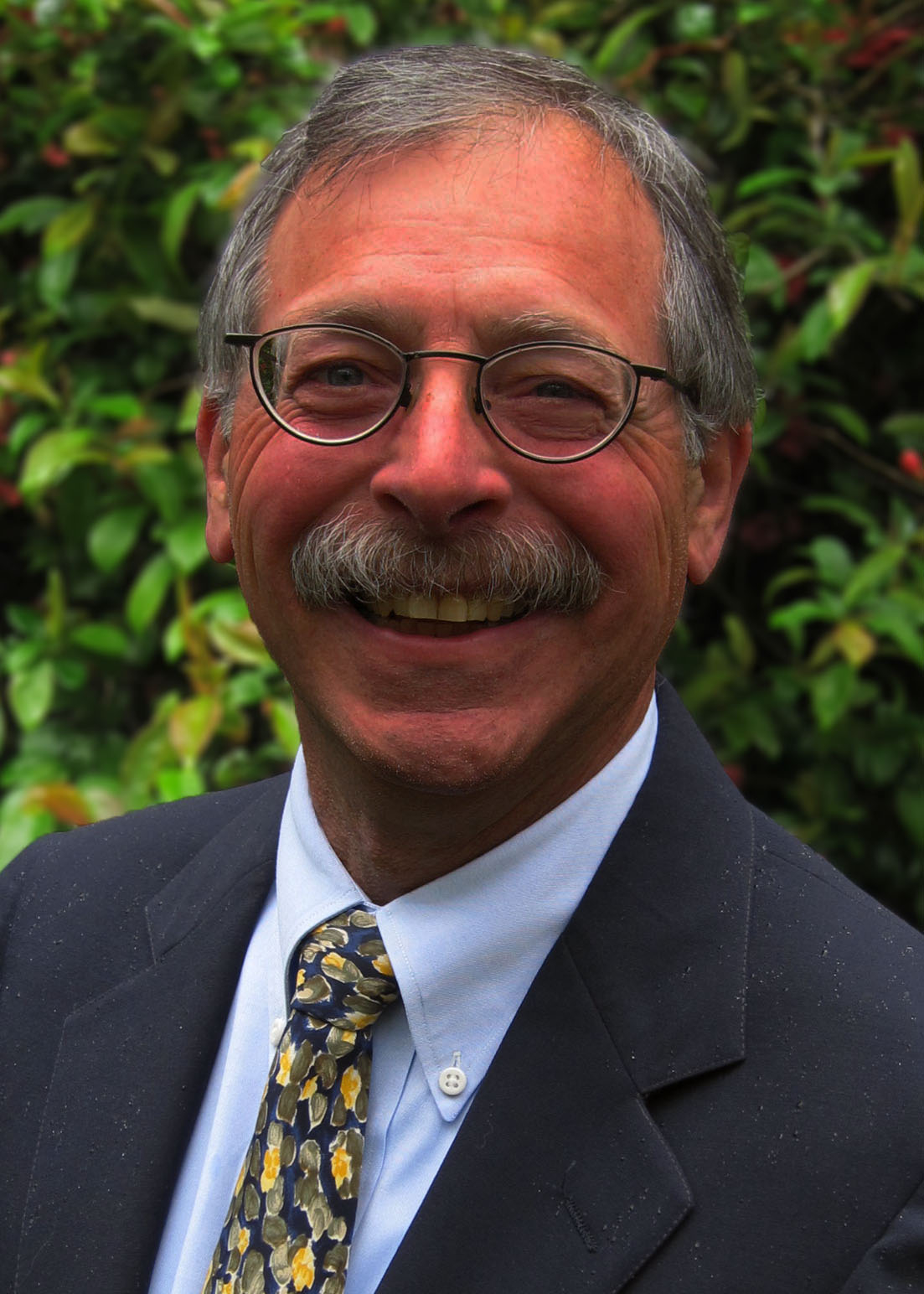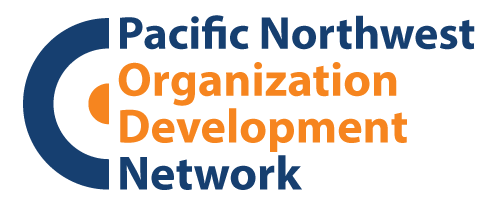Case Study
Savvy Slips, Learning on the Run
by Philip Heller
Learnings from Practice 11: Facilitating Interdependence Among Independent Contributors
How to encourage interdependent work among individual contributors of a team?
The Request. The manager of an IT team requested help in creating more collaboration among her team of IT support staff. Each staff mostly worked independently and supported others informally. Individually, they were quite effective at their particular job. The manager was coming to realize that there might be ways to enhance service delivery if her staff worked together on projects that spanned several person’s expertise. She wanted to determine whether staff might see any opportunities for collaboration and synergy.
Larger Context. The team had few meetings together. These meetings were held to report on current assignments with some important information sharing. There also seemed to be little “we feeling” even though they were part of the same support team. There were several additional forces influencing the level of collaboration in addition to an individual introverted preference to work alone. There was some trepidation about conflict over power sharing. They had questions about how joint assignments and other joint project decisions would be made and how and when and about what would they touch back with each other.
Consulting Intervention. There were several initial conversations with the Manager to establish the consulting contract and help her get ready for the introduction to staff. A staff meeting was held to introduce the process and get staff feedback on their best hopes, concerns and guidelines. Four half-day team meetings were held: 1. Vision and Goals; 2. Appreciating What We Offer and Want; 3. Conflict Management and 4. Contracting for Collaboration.
The second session was particularly focused on assessing and considering interdependence. In preparation for that session, all team members were asked to complete two questions for every other team member: a. What support specifically do I want from each of my colleagues? b. How do I, individually, support each of them? These were sent out in as a template for ease of response. The responses were collected and reconfigured to create an individual interdependency chart of wants and support for each team member (1). These compiled sheets allowed each team member to assess a. Support they want vs. support they get and b. What others want of them vs. how they support others. In addition to these results, each team member was asked to prepare a short presentation on their areas of expertise and scope of work, what most excites them, how they have supported others, and what areas, if any, might they want desire even more support. During the session, after each team member presented their report, an assigned “listener” played back a summary of what they heard. Finally, everyone was invited to add to and acknowledge the presenter’s support or expertise, to ask any questions of clarity and offer any additional ways they might want to support the presenter.
Last Line. To create more interdependent work among team members, help them create an assessment of their desire for support and the level or kind of support that is provided by their colleagues.
(1) For a sample of the data and compiled results, go to: http://learningdesigna.com/resourcescategory/teamproblemsolving/ and select Assessing Interdependence.
Philip Heller is a senior associate of Learning Design Associates. For 35 years he has helped plan systems change and develop leaders in government, community agencies, and health care centers. Philip received his Ph.D. in Education focusing on learning and problem solving. As part of the originating group, he has been a PNODN member since 1982.
© 2015 Philip S. Heller, Savy Slips, Learning on the Run 11. Facilitating Interdependence Among Independent Contributors
|



